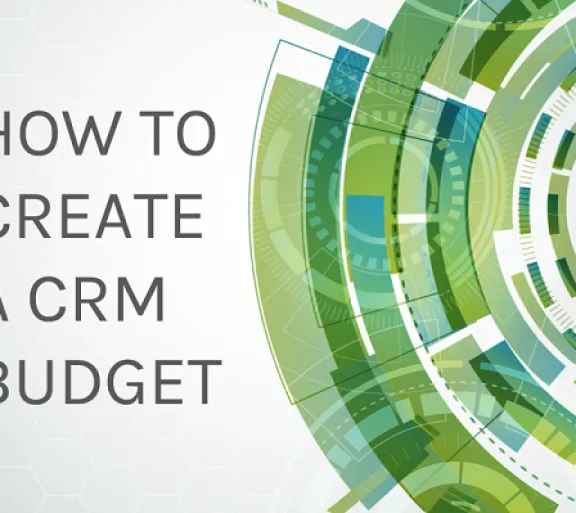New Whitepaper: How to put together a CRM budget and pitch it to your boss
Nonprofits and small to medium businesses constantly run into tough budgetary decisions: get a new accounting tool or new computers. Hire a coordinator or find a technical solutions to assist you with automation. There are many aspects to consider, so we’ve compiled our experience, insight, and information into a whitepaper that will help you through the steps of putting together a budget for your CRM and convince your boss it’s worth it to invest in a customer relationship management tool like Salesforce.
Following these steps will not only help you with the initial stages of preparing for a CRM, but will continue to serve you through choosing an implementation partner, working through your implementation, and getting everyone on your team on board.
In this whitepaper we will cover:
Why it’s worth it
How to make a budget that considers not only software but also internal costs and ongoing maintenance
How you can show ROI so that you’ll know whether or not the investment was worth it
SNEAK PEEK:
This excerpt comes from our third section, The Reality, after we address the challenges of getting a new CRM and provide steps for defining the vision of your project. Here we get into the nitty gritty details of total cost of ownership.
Total cost = products + services + internal labor
For nonprofits, your licenses or platform may be free, but there are still costs associated with ownership and use. Nonprofit and private sector CRM budgets should consider each of these components as part of the Total Cost of Ownership:
Product: In addition to Salesforce licenses, you may need licenses for other applications.
Services: To the right is typical pricing by skillset for implementation partners. If you get a bid on the low end of this spectrum it’s likely that your consulting partner is using outsourced labor. If you see a high bid, the skill level is likely higher so you may need less hours to achieve the same result.
Internal labor: As explored above, there are many people inside your company that will be key to your CRM project’s success. Give a rough estimate of how many hours per week each of them will be involved in the implementation and subsequent maintenance of your CRM. In some cases you may even want to hire a new staff member to oversee your CRM implementation and maintenance.
Within this section, we also reveal industry pricing brackets and give examples of the total cost of ownership for various levels of implementation. We’ll help you determine which option might best suit your needs, show you how to tie it all together for the final pitch, and prove how the purchase would pay off. Access the full document for even more step by step guidelines and industry insight.
















